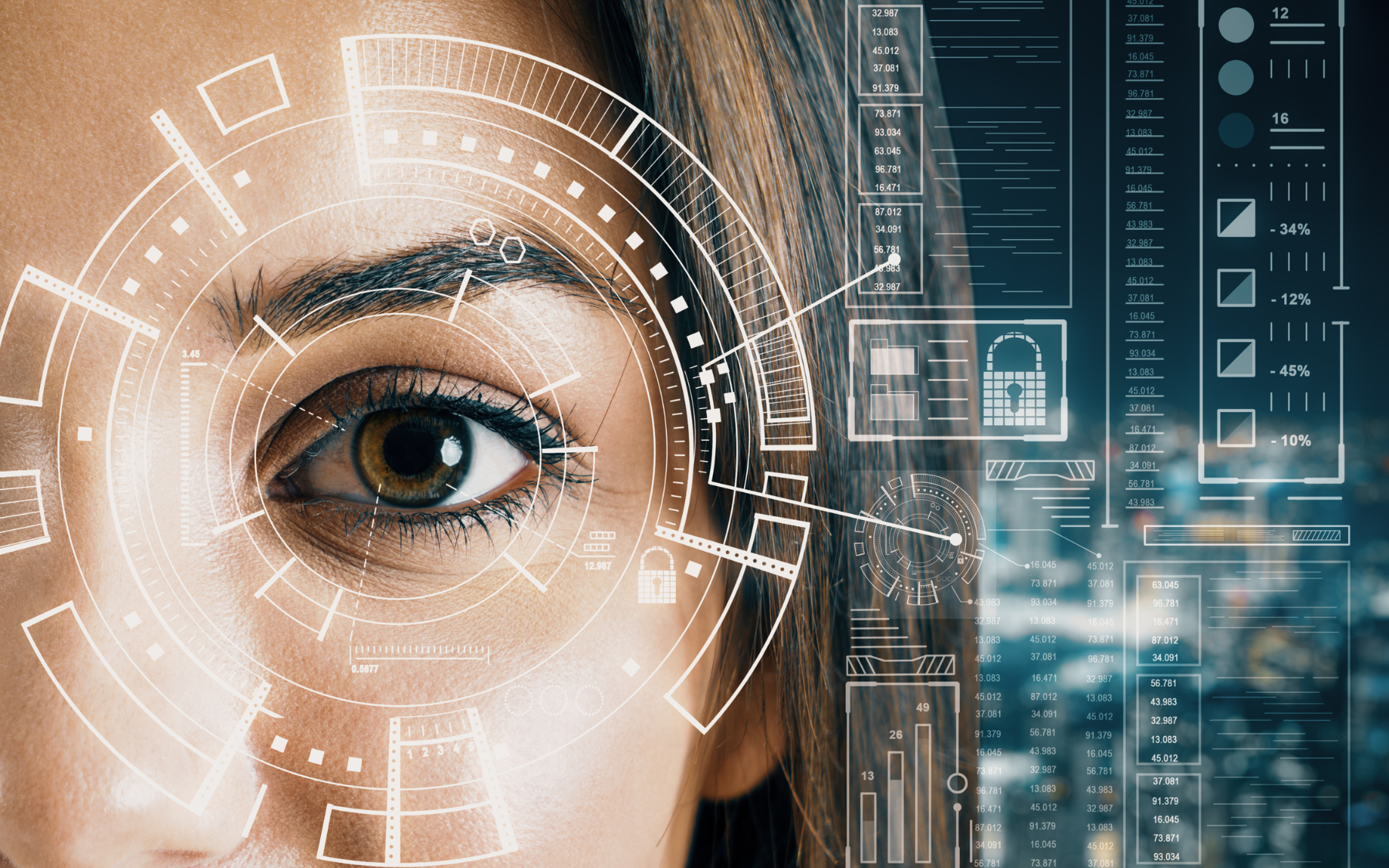Cybersecurity in Online Learning Platforms: Keeping Students Safe
Introduction
Online learning has transformed education in the UK and across the world. Schools, universities, and private training providers have shifted many courses and assessments to digital platforms. This change has improved accessibility and flexibility for students, but it has also introduced new security challenges. Cybersecurity in education is now critical for protecting personal information, safeguarding academic integrity, and preventing disruptions to learning.
Recent incidents show the scale of the threat. In 2022, a major e-learning platform used by multiple universities experienced a data breach, exposing student records, grades, and private communications. Criminals used phishing attacks to trick students into revealing their passwords, while others planted ransomware to lock educators out of their teaching materials. These attacks delayed classes, incurred financial costs for institutions, and eroded trust between educators and learners.
This blog is for students, educators, administrators, and IT professionals involved in online learning. It explains the risks, offers practical security steps, and shows how Cybergen supports safer e-learning environments. The advice here applies to anyone who wants to strengthen their online learning security and reduce the risk of cyber incidents.
Understanding Cybersecurity Risks in Online Learning
Online learning platforms are attractive targets for cybercriminals because they store valuable personal data, financial records, and intellectual property. They also handle large volumes of communication between users, making them vulnerable to interception.
Phishing is one of the most common threats. Attackers send emails or instant messages pretending to be teachers, administrators, or platform providers. The goal is to get students or staff to click a link that leads to a fake login page. Once the victim enters their password, the attacker gains full access to the account. A UK college recently reported that more than 200 staff and students were targeted in such a phishing campaign.
Data breaches are another serious problem. If attackers exploit vulnerabilities in the platform or its servers, they can access databases containing student names, addresses, grades, and even payment details. This information is often sold on the dark web or used for identity theft.
Malware and ransomware are also on the rise in education. Malware can be embedded in shared files, such as lecture slides or assignment documents. When a user opens the file, the malicious software installs itself on the device. Ransomware encrypts files and demands payment for their release. In 2020, a US school district paid nearly £400,000 after ransomware locked them out of critical teaching resources.
Account hacking is another common risk. Many users choose weak passwords or reuse the same password across multiple accounts. Attackers use automated tools to guess these passwords or use stolen credentials from other breaches. Once inside, they can alter grades, steal research data, or impersonate users.
If institutions fail to address these threats, the consequences can include financial loss, reputational damage, and long-term harm to students’ privacy.
Security Challenges in E-Learning Platforms
E-learning platforms have become essential tools for delivering education remotely, but their quality and security vary widely. While some systems employ strong security measures, others have weaknesses that cybercriminals can exploit. Understanding these vulnerabilities is crucial for both educational institutions and students to ensure data safety.
Lack of Encryption
What Encryption Does
Encryption transforms data into a coded format that only authorised parties can read. This ensures that sensitive information, such as login credentials and private communications, remains confidential during transmission.
Risks of No Encryption
Without encryption, data travels in plain text, making it easy for attackers to intercept. For example, if a student logs in to their learning platform via public Wi-Fi, an attacker could capture their username and password if the connection is not encrypted. Such breaches can lead to unauthorised account access and data theft.
Poor Authentication Methods
Single-Factor Authentication Weaknesses
Many platforms rely solely on a username and password for access. This approach is vulnerable to brute-force attacks, where automated tools try thousands of password combinations until they succeed.
Stronger Alternatives
Two-factor authentication (2FA) adds an extra layer of protection, requiring users to verify their identity through an additional method, such as a code sent to their phone. Without such measures, accounts remain susceptible to compromise.
Inadequate Server Security
Importance of Proper Configuration
E-learning platforms store large volumes of sensitive data on servers. If these servers are not configured, patched, and monitored correctly, attackers can access or steal information directly.
Real-World Examples
In some incidents, unprotected databases containing student data were found accessible online without requiring a password. This type of oversight can lead to mass data leaks and severe privacy violations.
Unpatched Software Vulnerabilities
How Vulnerabilities Arise
Software providers frequently release updates to fix known security flaws. If these updates are delayed, attackers can exploit the weaknesses to infiltrate systems.
Barriers to Timely Updates
In some institutions, technical teams postpone updates due to concerns about software compatibility or disruption to ongoing classes. Unfortunately, this leaves the system open to exploitation during the delay period.
Weak Data Storage and Monitoring Practices
Excess Data Retention
Institutions that store unnecessary personal data increase the potential damage in the event of a breach. Minimising stored information reduces the attack surface.
Insufficient Activity Monitoring
Failure to track unusual account activity allows attackers to operate unnoticed. Proactive monitoring, combined with alerts for suspicious actions, can help identify and stop intrusions early.
Best Practices for Students
Students play a critical role in protecting their own information and the security of their learning platform.
The first step is to use strong, unique passwords for every account. A strong password should be long and include a combination of upper and lower-case letters, numbers, and special characters. Avoid using names, birth dates, or simple sequences. Consider using a reputable password manager to store and generate secure passwords.
Enable two-factor authentication wherever possible. This adds an extra layer of security by requiring a one-time code sent to your phone or email in addition to your password. Even if your password is stolen, attackers will not be able to log in without the code.
Be cautious when clicking on links in emails or messages. If you receive an unexpected request to log in or share information, verify it directly with your institution. Hover over links to see where they lead before clicking.
Keep your devices updated with the latest security patches. These updates often fix vulnerabilities that attackers exploit. Turn on automatic updates for your operating system and key applications.
Use antivirus software and run regular scans to detect malware. Avoid downloading files from unknown sources. Stick to official platforms for sharing assignments and resources.
By following these steps, you reduce your exposure to cyber threats and contribute to the overall security of your institution.
Best Practices for Educators and Institutions
Educators and institutions have a responsibility to maintain strong online learning security for all users. They control the choice of platforms, manage sensitive data, and set the policies that govern safe use.
Select secure online learning tools that have a proven track record in education. Look for platforms that offer end-to-end encryption, multi-factor authentication, and compliance with relevant data protection laws. Review their privacy policies and request evidence of independent security audits.
Update software regularly. Create a schedule for applying updates to the learning management system, plugins, and connected applications. Test updates in a staging environment to ensure compatibility, then roll them out promptly.
Provide regular cybersecurity training to staff and students. Training should include identifying phishing attempts, recognising suspicious file attachments, and protecting login credentials. Make this training part of the onboarding process for new staff and students.
Implement role-based access controls to limit data exposure. Staff should only have access to the information necessary for their role. Students should not be able to view or alter administrative settings.
Back up all critical data securely and store backups offline. Test backup restoration processes to ensure they work. This step is essential for recovery from ransomware attacks.
Conduct regular penetration testing to identify and fix vulnerabilities. This can be done internally or through a trusted external provider such as Cybergen. Testing should cover the platform, servers, and connected devices.
Promote a culture of security awareness. Encourage staff and students to report suspicious activity immediately. Provide a clear process for reporting and responding to incidents.
Technology Solutions for Safer Learning
Technology plays a key role in defending online learning platforms from threats.
End-to-end encryption protects the confidentiality of communications and files. It ensures that only the sender and intended recipient can read the data. Platforms that lack encryption should be upgraded or replaced.
Secure cloud storage services provide scalable, protected environments for hosting learning materials. Choose providers that meet recognised security standards and have strong access controls.
AI-driven threat detection tools can identify unusual activity patterns that indicate a potential attack. These systems monitor login locations, file downloads, and account changes to detect suspicious behaviour early.
Multi-factor authentication adds significant protection for accounts. Institutions should make it mandatory for all staff and encourage students to use it. Authentication apps and hardware tokens are more secure than SMS codes.
Network monitoring tools can detect and block malicious traffic. Firewalls and intrusion detection systems add further layers of defence.
Cybergen offers advanced security solutions for education providers, including secure hosting, encryption services, and AI-based monitoring tools.
Policies and Legal Considerations
Institutions must comply with data protection laws. In the UK, this includes the General Data Protection Regulation (GDPR). GDPR requires institutions to protect personal data, report breaches promptly, and provide transparency about how data is used. Failure to comply can result in heavy fines.
For institutions dealing with minors, parental consent may be required before collecting personal data. Policies should clearly explain what data is collected, why, and how it is protected.
Internal cybersecurity policies should cover password requirements, acceptable use of the platform, data storage, and incident response procedures. These policies should be reviewed and updated regularly.
Regular staff training is essential to maintain compliance and reduce human error. Policies must be enforced consistently across the institution.
The Future of Cybersecurity in Education
The digital transformation of education continues to expand, offering opportunities for improved learning, collaboration, and access to resources. However, as reliance on technology grows, so does the potential for cyber threats. The future of cybersecurity in education will be shaped by both evolving risks and the emergence of advanced defensive technologies.
Emerging Threat Landscape
Cyber attackers are becoming increasingly sophisticated, targeting educational institutions for financial gain, data theft, and disruption. The widespread use of cloud-based learning platforms, digital assessment tools, and virtual classrooms introduces multiple points of vulnerability. In the future, threats may include:
- Advanced phishing campaigns that exploit personal and institutional data.
- Ransomware attacks aimed at locking access to critical learning resources.
- Data manipulation that could compromise academic integrity.
As these threats evolve, so must the tools and strategies used to counter them.
AI and Machine Learning in Defence
Artificial intelligence (AI) and machine learning (ML) will play a key role in predicting and blocking cyber attacks before they cause damage. These technologies can:
- Analyse network traffic patterns to detect anomalies in real time.
- Automate the identification of malware and suspicious behaviour.
- Learn from previous attack data to improve future defences.
With continuous monitoring powered by AI, educational institutions can significantly reduce the window of opportunity for attackers.
Blockchain for Academic Integrity
Blockchain technology offers a secure, tamper-resistant method of verifying academic credentials. By storing degrees, certificates, and transcripts on a decentralised ledger, institutions can:
- Eliminate the risk of forged documents.
- Provide instant, verifiable proof of qualifications.
- Enhance trust between students, employers, and educational bodies.
This innovation will also streamline administrative processes and reduce fraud-related disputes.
The Importance of Awareness and Training
Technology alone cannot protect against every cyber threat. Human error remains one of the leading causes of breaches. Institutions that invest in ongoing cybersecurity awareness programs for staff and students will be better prepared. Training should cover:
- Identifying phishing attempts.
- Safely handling personal and institutional data.
- Practising secure password management and multi-factor authentication.
Cybergen’s Role in the Future
Cybergen is committed to helping educational institutions stay ahead of emerging threats. By developing advanced tools and providing tailored security services, Cybergen supports schools, colleges, and universities in building a resilient cybersecurity posture. Their solutions combine cutting-edge technology with expert guidance, ensuring institutions can adapt to the ever-changing cyber landscape.
Summary
Cybersecurity in education is essential for protecting personal data, maintaining trust, and ensuring uninterrupted learning. Students should use strong passwords, enable two-factor authentication, and update devices. Educators and institutions must choose secure platforms, apply updates, and enforce clear security policies. Advanced tools such as encryption, AI threat detection, and secure cloud storage provide further protection.
Ready to strengthen your security posture? Contact us today for more information on protecting your business.
Let's get protecting your business
Thank you for contacting us.
We will get back to you as soon as possible.
By submitting this form, you acknowledge that the information you provide will be processed in accordance with our Privacy Policy.
Please try again later.








